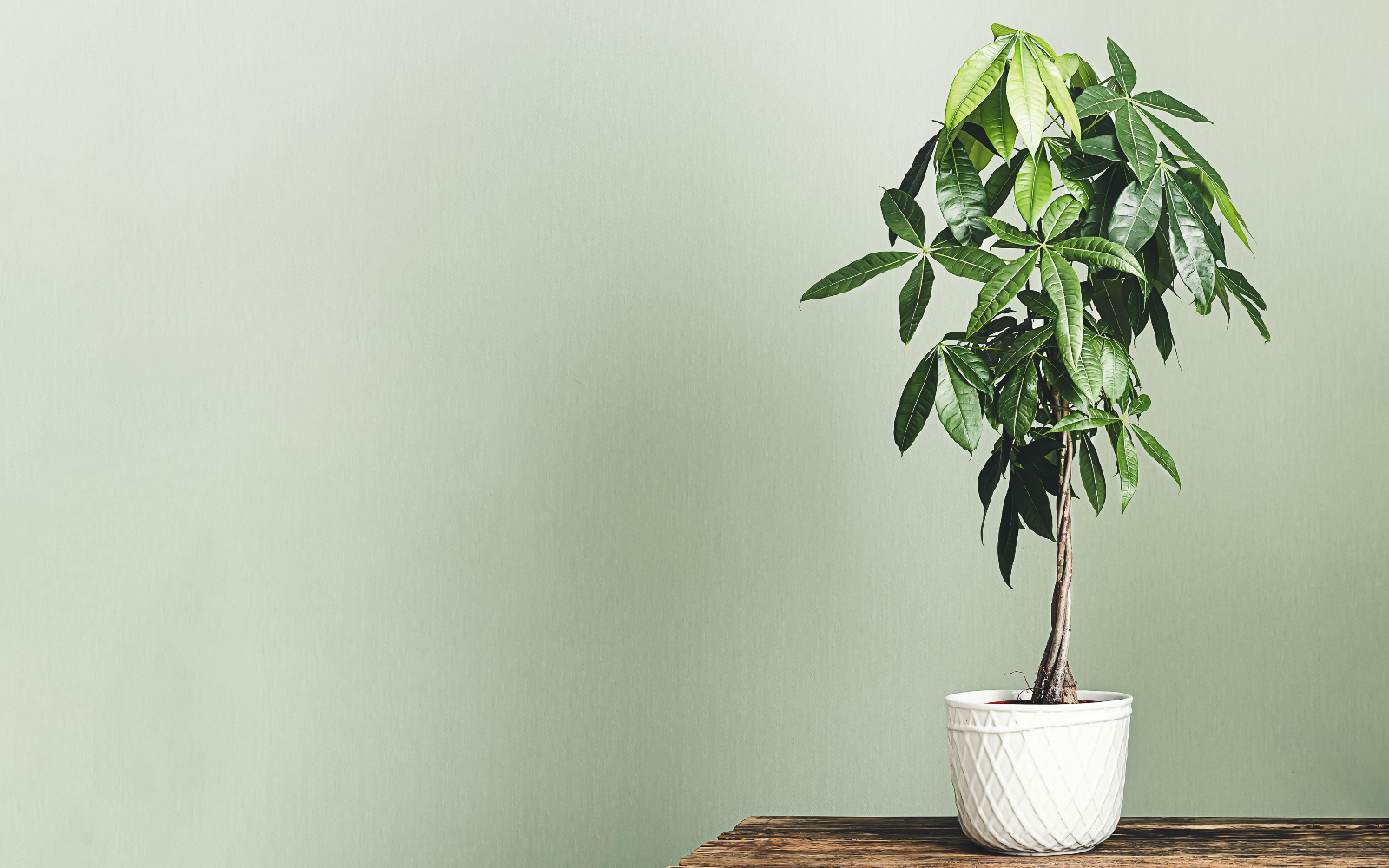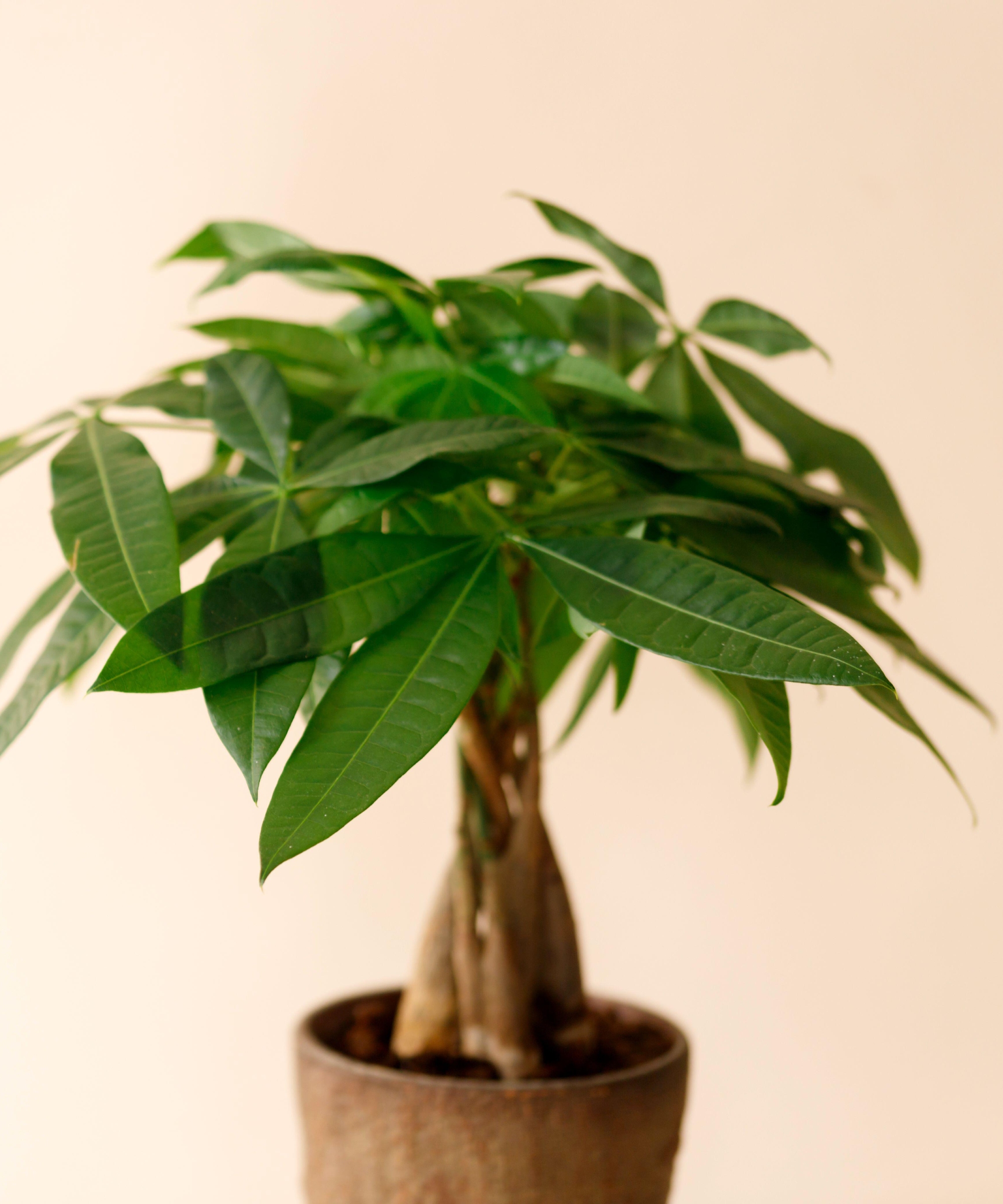How to propagate a money tree – expert advice on growing new plants
Propagating a money tree as an extra for your home or to give as a gift is simple to do with our guide


Propagating a money tree is a procedure that’s both straightforward and fun. Pachira aquatica is an appealing foliage plant and, for aficionados of feng shui, one that can bring wealth and good fortune, so nurturing additional plants for your own home or to give as a gift is a project worth taking on.
The best indoor plants are a wonderful addition to interiors and the exotic-looking money tree has attractive braided trunks and glossy green leaves that make it a favorite choice. They’re also relatively easy to care for.
Knowing how to propagate a money tree means additional plants with just a little effort and patience and this guide has the details you need from the experts.
How to propagate a money tree
Get savvy about money tree care and your plant can thrive. One of the best indoor trees, it can reach a substantial size of up to 3 to 6 feet tall. What’s more, you can take cuttings from a plant that’s in good health and grow additional money trees to enjoy in your own home, or give to a friend or family member – they’re great housewarming gifts.
‘The most common method is via stem cuttings in water or soil,’ says indoor plant expert Vladan Nikolic of Mr Houseplant. And how easy is it? ‘You might need to boost the propagation with rooting hormone and ensure that the cuttings have the optimal conditions to grow roots,’ says Vladan.
These are the steps to take to propagate a money tree.

1. Take a stem cutting
To propagate a money tree, you’ll first need to take a stem cutting. ‘Select a healthy stem that’s a few inches long and has several leaves on it,’ explains plant expert Stephen Webb of Garden’s Whisper.
‘Use clean, sharp scissors or pruners to cut the stem right below a node, which is the bump where a leaf attaches to the stem. Remove all but the top two leaves to reduce transpiration while the cutting tries to grow roots. Take the cutting in the morning when the plant is well-watered,’ he adds.
2. Put the cutting in water or soil
A money tree cutting can be placed into water or soil. Putting it into water is fun if you use a a clear jar as you can see the roots as they grow. To nurture the plant this way, fill a small container with fresh water and put the cutting into it. ‘Place the jar in a spot with a lot of bright, indirect light, and change the water once a week or more often if it gets dirty,’ says Vladan Nikolic.
There’s another benefit to using water. ‘Rooting the cutting in water is faster, typically taking two to four weeks until it has a few inches of roots,’ says Stephen Webb. ‘Planting it directly in soil will take longer, around four to eight weeks. Water propagation allows you to monitor root growth easily. But soil provides more nutrients and stability once rooted, so transplant to the soil once water roots are established.’
Be sure to use potting mix and keep the soil moist at first, then revert to letting the soil dry out between waterings after the first weeks.
3. Consider rooting hormone
Adding rooting hormone isn’t an essential step, but it does bring benefits. ‘Using a powdered or liquid rooting hormone can help speed up the rooting process,’ explains Stephen Webb. ‘The hormones encourage root growth.’
The way to use it? ‘If you want to apply the rooting hormone, then you should do the soil propagation and plant your cutting straight into the soil,’ says Vladan Nikolic. ‘Dip the base of your cutting into the rooting hormone, and tap off any excess. Plant the cutting into a pot filled with a well-draining potting mix. Water well after planting. Keep in bright light.’
FAQs
When is the best time of year to propagate a money tree?
Propagating a money tree is something you can do at any time of year. ‘You can propagate your plant all year round as long as you can provide it with plenty of bright, indirect light,’ says indoor plant expert Vladan Nikolic. ‘You should either move the cutting to a brighter window or use a grow light. Don’t keep cuttings a few feet away from a window, but right in front of it.
‘You should also ensure that the propagation medium is warm,’ he says. ‘You can increase the temperature by using a heat mat. Increasing the temperature just by a few degrees significantly speeds up propagation.’
‘A money tree can be a bit trickier to propagate compared to some other houseplants,’ says Vladan Nikolic. ‘You will need patience with propagation since money tree cuttings can take some time to grow roots.’ Be sure to understand how often to water a money tree to keep new plants healthy and get savvy, too, about the solutions for a money tree that’s losing leaves.
Sign up to the Homes & Gardens newsletter
Design expertise in your inbox – from inspiring decorating ideas and beautiful celebrity homes to practical gardening advice and shopping round-ups.

Sarah is a freelance journalist and editor. Previously executive editor of Ideal Home, she’s specialized in interiors, property and gardens for over 20 years, and covers interior design, house design, gardens, and cleaning and organizing a home for Homes & Gardens. She’s written for websites, including Houzz, Channel 4’s flagship website, 4Homes, and Future’s T3; national newspapers, including The Guardian; and magazines including Future’s Country Homes & Interiors, Homebuilding & Renovating, Period Living, and Style at Home, as well as House Beautiful, Good Homes, Grand Designs, Homes & Antiques, LandLove and The English Home among others. It’s no big surprise that she likes to put what she writes about into practice, and is a serial house renovator.
-
 Do you need to turn the lights off when you leave a room? Experts have ended this time-honored debate once and for all
Do you need to turn the lights off when you leave a room? Experts have ended this time-honored debate once and for allOn or off? We delve into the details of this age-old dispute
By Chiana Dickson
-
 This Tudor decorating technique brings a 'cocooning' feel to Jon Bon Jovi's living room – but designers warn you need to be brave to follow his example
This Tudor decorating technique brings a 'cocooning' feel to Jon Bon Jovi's living room – but designers warn you need to be brave to follow his exampleThe singer uses wood to design a room that feels 'welcoming and rich in materiality,' but this century-old method comes with a warning
By Megan Slack